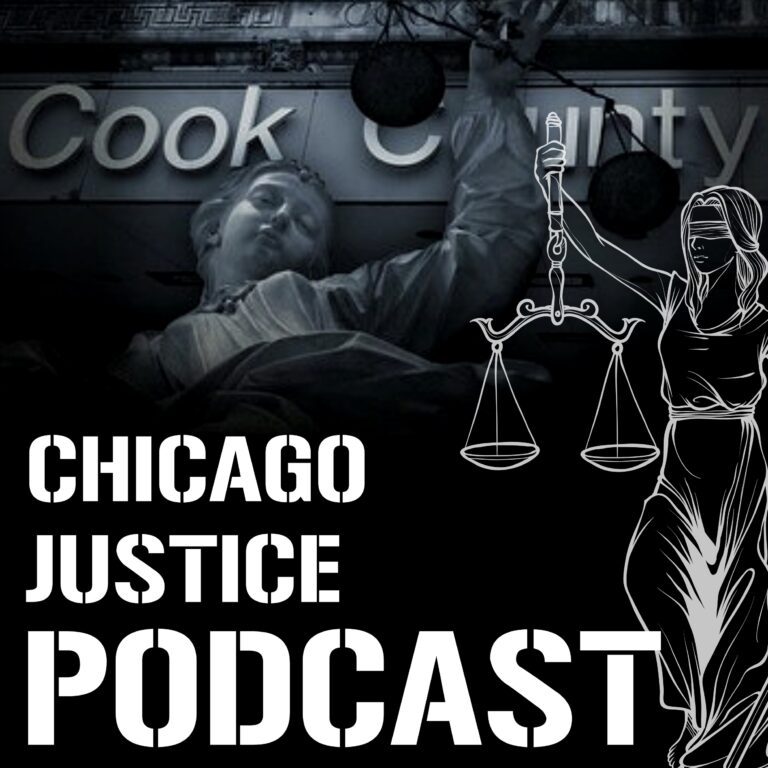This post is the final in a five part series examining the anti-violence program CeaseFire. The first four parts of the series covered: The Illinois Auditor General’s audit of CeaseFire finannces, Northwestern’s evaluation of CeaseFire, media’s coverage of the program, and the role race plays in the defining of effectiveness of the program. Today’s post covers the issue of an epidemiologist’s perspective on violence reduction and the short comings of that approach.
Honestly, this might be the most important question involved in any of the issues surrounding CeaseFire. Slutkin comes from a public health background and approaches the issue of violence prevention and reduction from this background. He employs an approach that operates from a perspective that presumes that the “natives” (residents of communities of color) need cultural and behavioral modification, not education and employment. His approach, in effect, attempts to treat the behavior without treating the causes of the behavior. His perspective is based on the faulty logic that violence is a virus running loose in communities and that only a public health approach to an outbreak of a virus can work to reduce violence. His approach includes using community members to persuade other community members into behavioral changes that will lead to reductions in violence.
Slutkin’s approach misses in many ways including:
- Slutkin’s philosophy promotes violence reduction before economic issues can be addressed. CeaseFire is not geared towards creating jobs. If you accept that violence is embedded in alternative economies, then a reduction in violence can only be accomplished by a reduction in the participation of such economies or the permanent removal of the need for violence in alternative economies, which have no access to courts to mediate conflicts or provide basic protections for the most vulnerable. There is a racist belief held by much of the American public and media that youth of color opt for participation in alternative economies over true living wage employment. This idea is based on superficial white media coverage of these communities and not based on a realistic understanding of the fundamental lack of opportunities within inner city communities of color throughout Chicago.
- CeaseFire relies completely on a single assumption. CeaseFire assumes that the interrupters are interceding in violence that will lead to a series of retaliatory attacks; thus, this single act of interruption will eliminate a series of violent reprisals – a reverse domino effect if you will. This would only be true if CeaseFire’s interrupters were interrupting large-scale gang conflicts for turf or drug spots. This type of violence is the kind that is embedded in participation in the alternative economies. I seriously doubt that much of this type of violence is being reduced because control of turf and drugs spots is vital to a gang’s financial and physical well-being. Membership in the gang is not maintained by being talked out of violence but instead being a leader in its perpetration.
- If this assumption is faulty and CeaseFire’s interrupters are not stopping a chain of violent attacks in the early stages then it would be hard to believe they are really having a major impact on violence and homicide rates. Would not our $7 million dollars of tax payer money be better spent trying to prevent large scale gang violence like competition for turf and drug spots than these seemingly individual acts of violence that may or may not lead to further violence down the road?Violence is embedded in the participation in alternative economies including the selling of drugs or one’s body. No anti-violence program will ultimately succeed without addressing the fundamental economic inequalities that exist in communities of color throughout Chicago. The absolutely dismal economic opportunities that exist in many of these communities must be addressed before any program of violence reduction can be effective long-term. Any other alternatives will be nothing more than band-aid approaches that communities of color have seen come and go for decades without any long-term success.
- There is extensive media coverage of the various different types of street violence because the media loves to scare up ratings; however, the media and CeaseFire ignore the most prevalent types of violence. The most prevalent types of violence are embedded in our families and include spousal abuse and sexual violence against our children and our female family members. Rape experts will tell you that only approximately 20% of rapes nation wide are perpetrated by strangers, leaving approximately 80% committed by those known to the victim like partners and family members.
- Slutkin’s approach relies on assumptions that shootings can be reduced via behavioral modification through the use of interrupters. This approach to some degree relies on the criminological theory of rational choice- an approach that is based on the idea that individuals make a rational choice to either commit or not to commit the violent act after weighing the benefits and consequences. This approach, however, completely ignores the various different levels at which violence is embedded in the economic and social circumstances of particular communities.
Long lasting violence reduction in our city will only occur through an intense redress of the racial, economic, gender, and sexual inequalities that exist in our city and are rampant in communities of color. Our Richard Daley has completely disregarded communities of color throughout his tenure as our Mayor. It is only the last several years he has started to pay attention- and his attention has come in the form of using public money to relocate residents of many of these communities out of the City to the suburbs. Gentrification of course, is also a political process. Daley has done nothing to be a force for job creation in communities of color that has been so devastated by the loss of industrial jobs. Instead Daley has been on a campaign to make Chicago a globalized city- one based on information technologies and the international markets. This has served to further marginalize residents of our poorest communities. During Daley’s tenure as Mayor, the gap between the rich and poor economically and educationally has grown larger than ever before in the history of our city. Only a fundamental change in public policy- to one that is targeted at creating low and no skill jobs and the use of public money to strengthen communities of color rather than destabilizing them-will bring a long term reduction in street violence over time.



